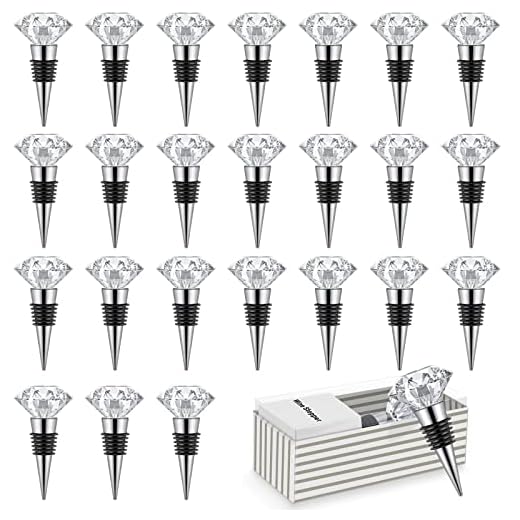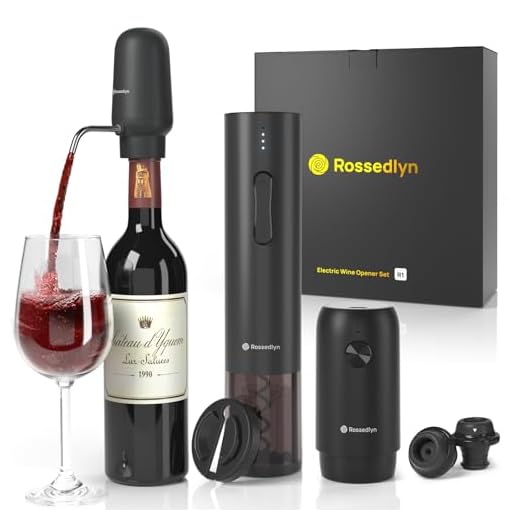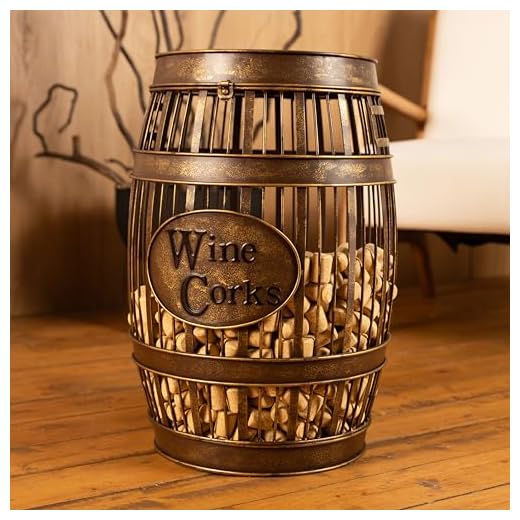



Once a bottle is uncorked, it’s crucial to consider its preservation. Storing it in a cooler environment is highly recommended to maintain its quality. This practice can significantly slow down the oxidation process, which is key to keeping the flavors intact.
While some may argue that a bottle can sit at room temperature for a short period, the reality is that exposure to warmth accelerates spoilage. Ideally, it should be placed in a temperature-controlled space, ideally around 55°F (13°C). This temperature mimics the conditions of a wine cellar, extending its lifespan.
Additionally, sealing the bottle tightly after pouring is essential. Utilizing a vacuum pump or a simple cork can help minimize air exposure. Remember, air is a wine’s worst enemy, as it leads to rapid degradation of taste and aroma. The right storage methods can transform your experience with an opened bottle, allowing for enjoyment over several days.
Refrigeration Recommendations for Open Bottles
Yes, storing a bottle in a cooler environment is advisable once it has been uncorked. This practice helps slow down oxidation, which can alter flavors and aromas negatively over time.
To maintain optimal quality, a temperature range of 50°F to 60°F is ideal. This allows the characteristics of the beverage to remain pronounced without becoming overly cold. If the bottle is not consumed within a few days, consider transferring it to a cooler spot.
Here are some key tips for preserving an open bottle:
| Storage Method | Description |
|---|---|
| Re-corking | Seal the bottle tightly with the original cork or a wine stopper to minimize air exposure. |
| Vacuum Sealing | Use a vacuum pump to remove excess air from the bottle, further slowing oxidation. |
| Temperature Control | Store in a consistent, cool environment, away from direct sunlight or temperature fluctuations. |
By following these guidelines, you can enjoy your opened bottle for several days while preserving its flavor integrity.
Understanding Oxidation in Wine
Oxidation is a natural process that occurs once a bottle is uncorked. Exposure to air leads to chemical reactions that can both enhance and spoil the beverage. To maintain optimal quality, consume within a few days of opening, ideally within three to five days.
Signs of Oxidation
Look for changes in color, aroma, and flavor. A shift to a brownish hue often indicates oxidation. Aromas may evolve from fruity and fresh to nutty or vinegary. On the palate, a loss of vibrancy and the emergence of off-flavors signal that it’s time to discard.
Minimizing Oxidation
To slow down oxidation, limit air exposure. Use vacuum pumps or inert gas systems to remove air from the bottle. Storing in a cool, dark place helps preserve integrity. While refrigeration is not mandatory, cooler temperatures can extend freshness by slowing the oxidation rate.
Impact of Temperature on Flavor
Optimal serving temperature significantly influences the taste profile of any bottle. For a fuller experience, aim for a range between 60°F and 65°F (15°C to 18°C). Within this spectrum, the complexity of aromas and flavors becomes more pronounced, allowing the various notes to unfold gracefully. A higher temperature can enhance sweetness, but may overshadow acidity, while a lower temperature risks muting the intricate characteristics.
Temperature Variations and Flavor Profile
Each varietal reacts differently to temperature changes. Lighter-bodied types often benefit from slightly cooler temperatures, which preserve freshness and enhance crispness. On the flip side, fuller-bodied selections tend to shine when served a bit warmer, as this allows the tannins to soften and the rich flavors to emerge. Experimentation with different temperatures can reveal surprising nuances and elevate your tasting experience.
Storing Temperature Considerations
Maintain consistent storage conditions, ideally around 55°F (13°C), to preserve quality. Fluctuations can lead to accelerated aging, negatively impacting flavor and aroma. If a bottle has been exposed to excessive heat, such as left in a car on a warm day, it’s likely that the integrity has been compromised. Always prioritize stable environments to safeguard the intricate balance that defines each unique selection.
Best Practices for Storing Opened Red Wine
To preserve quality and flavor, store opened bottles upright in a cool, dark place. Aim for temperatures between 55°F and 65°F.
Use a vacuum pump to remove air from the bottle. This helps slow down oxidation, extending the life of the beverage.
Consider using a wine preservation system. These devices can keep the liquid fresh for weeks by creating a barrier against air.
Limit light exposure. Store bottles in a dark cabinet or a wine fridge to prevent UV damage, which can alter taste.
Seal the bottle tightly with the original cork or a specialized wine stopper to minimize air contact.
Be aware of the bottle’s contents. Most opened varieties are best consumed within 3 to 5 days, but some may last longer.
If you’re interested in maintaining other items in your home, check out how to disinfect aquarium plants.
How Long Can Opened Red Wine Last Without Refrigeration?
Opened bottles can typically last between three to five days without cooling, depending on the type and quality. Tannins and acidity play significant roles in how long a bottle maintains its integrity. For instance, full-bodied varieties with higher tannin levels tend to last longer than lighter options.
Storage conditions greatly influence longevity. Keeping the bottle in a dark, cool place away from sunlight and fluctuating temperatures is crucial. Use the original cork to seal the bottle, as it provides a better fit than many other closures.
If you notice significant changes in aroma or taste, it’s best to discard the contents. A simple sniff test can indicate whether the beverage has gone bad. Look for off-putting odors, which can signal spoilage.
For optimal enjoyment, aim to consume the contents within a few days. If you’re unsure about the quality, trust your senses–experience will guide you in assessing the state of the beverage.
Signs That Your Opened Beverage Has Spoiled
Look for changes in aroma. If your drink smells off, like vinegar or has an unpleasant sour scent, it’s likely no longer suitable for enjoyment.
Examine the color. A shift to a browner hue or unusual cloudiness can indicate spoilage. Fresh, vibrant colors are a sign of quality.
Taste a small amount. If it’s overly sour, flat, or has lost its original character, it’s best to discard it. A pleasant, balanced flavor profile is what you should expect.
Texture and Sediment
Check for unexpected texture. If you notice a gritty sensation or excessive sediment, it may suggest that the drink has deteriorated.
Avoid consumption if the liquid appears fizzy when it shouldn’t. This bubbling can indicate unwanted fermentation.
Best Practices for Prevention
To prolong its lifespan, store in a cool, dark place, ideally standing upright. Using a vacuum pump can also help maintain freshness by reducing exposure to oxygen.
Choosing the Right Storage Container for Leftover Beverage
Opt for a smaller bottle to transfer the remaining liquid. This reduces the air space, minimizing oxidation. Glass containers with vacuum seals are ideal, as they create a tighter closure, preserving the flavors and aromas more effectively.
Consider Using a Wine Stopper
Utilize a wine stopper designed for preserving opened drinks. These stoppers create an airtight seal, extending freshness. Some models include a pump that removes air from the bottle, further slowing down the oxidation process.
Assess Your Environment
Store the container in a dark, cool place. Light can degrade the quality, so avoid exposure to sunlight. A temperature range of 50-60°F is optimal. If you can, keep it upright to minimize the surface area exposure to air.
When to Refrigerate Red Wine After Opening
If you’ve uncorked a bottle, it’s wise to chill it if you don’t plan to finish it within a day or two. The optimal temperature for preservation is around 50-55°F (10-13°C). This helps slow down oxidation while maintaining flavor integrity.
Here are some specific scenarios for refrigeration:
- Short-term Storage: If you expect to consume the remaining liquid within 2-3 days, refrigeration is beneficial. It can help maintain freshness and minimize spoilage.
- Longer Storage: For bottles that may sit for a week or more, chilling is advisable. The cooler environment greatly extends the life of the opened bottle.
- Temperature Fluctuations: If the surrounding temperature is inconsistent, such as in warmer months, placing the bottle in a colder environment is a safe choice.
Always reseal the closure properly, whether using the original cork or a specialized wine stopper, to limit exposure to air. This step, combined with refrigeration, can significantly prolong the enjoyment of your opened bottle.
Ultimately, being mindful of storage conditions will ensure your opened beverage remains enjoyable for as long as possible. Trust your palate; if it tastes off, it’s best to discard it.









